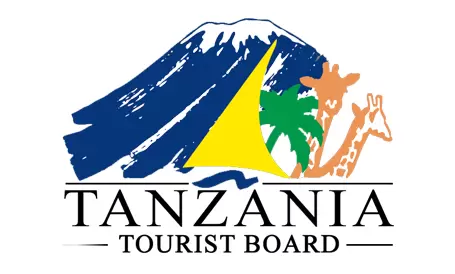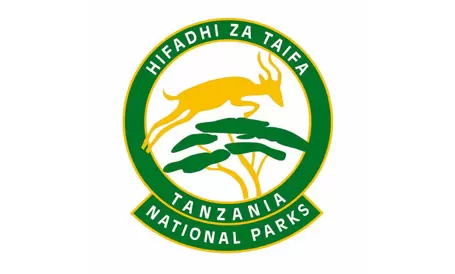Ngorongoro Conservation Area
An UNESCO protected World Heritage Site and an International Biosphere Reserve, the Ngorongoro Conservation Area is situated between Lake Manyara and Serengeti National Parks. Covering approximately 5,150 square miles (8,292 square km) the Ngorongoro Conservation Area consists of the Ngorongoro Crater itself, the Olduvai Gorge and Ndutu, the Empakaai crater and the Oldoinyo Lengai Mountain. The Ngorongoro Conservation Area is a pioneering experiment in multi-purpose land use where people (the Maasai), their livestock and wildlife coexist and share the same protected habitat. Wild animals are protected as in the National Parks. The craters of Ngorongoro and Empakaai are reserved exclusively for wildlife, while the rest of the Conservation Area is shared by wildlife, people and livestock. The Maasai, the main residents of Ngorongoro, are pastoralists who move widely with their herds of cattle, sheep, goat and donkeys in search of pasture and water.
The main feature of the Ngorongoro Conservation Area is the Ngorongoro Crater, is the world’s largest inactive, intact, and unfilled volcanic caldera. The crater, which formed when a large volcano exploded and collapsed on itself two to three million years ago, is 2,000 feet (610 m) deep and its floor covers 100 square miles (260 square km). The Ngorongoro Crater is one of the world’s greatest spectacles, its magical setting and abundant wildlife never fails to enthrall visitors. The rich pastures and permanent water of the crater floor supports a population of over 25,000 predominantly grazing animals. These include the wildebeest, zebra, gazelle, and buffalo. The rarely seen and endangered black rhino can often times be viewed here. And lions are also abundant in the crater. There are five main crater prides of between 10-20 lion each, defending their own territory.



